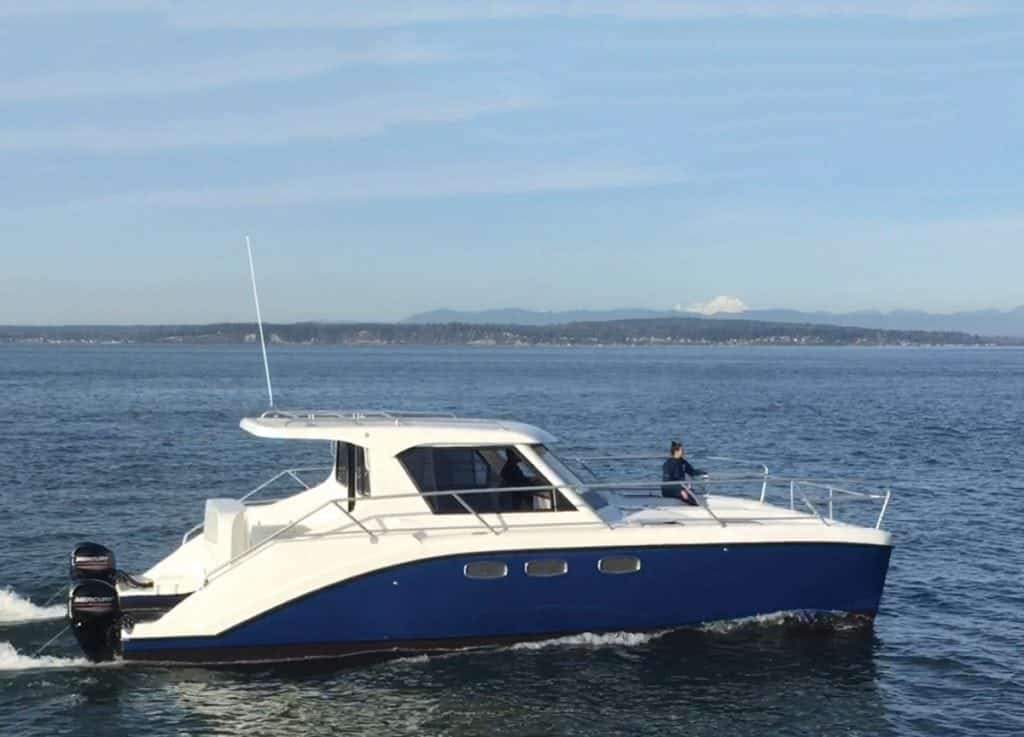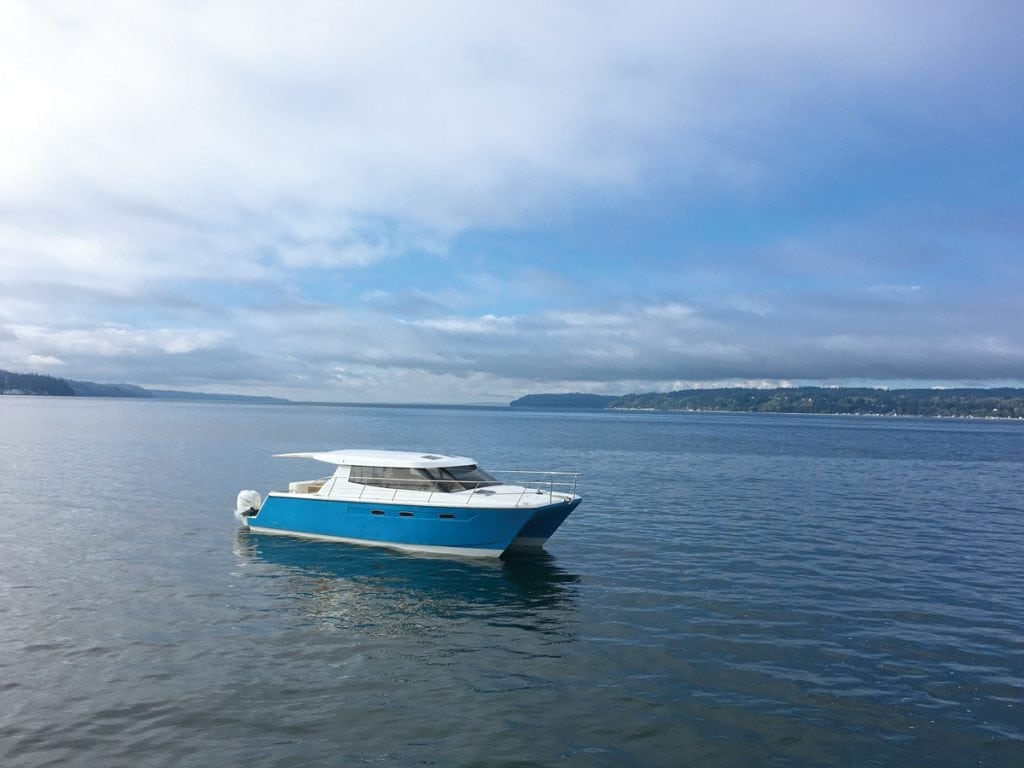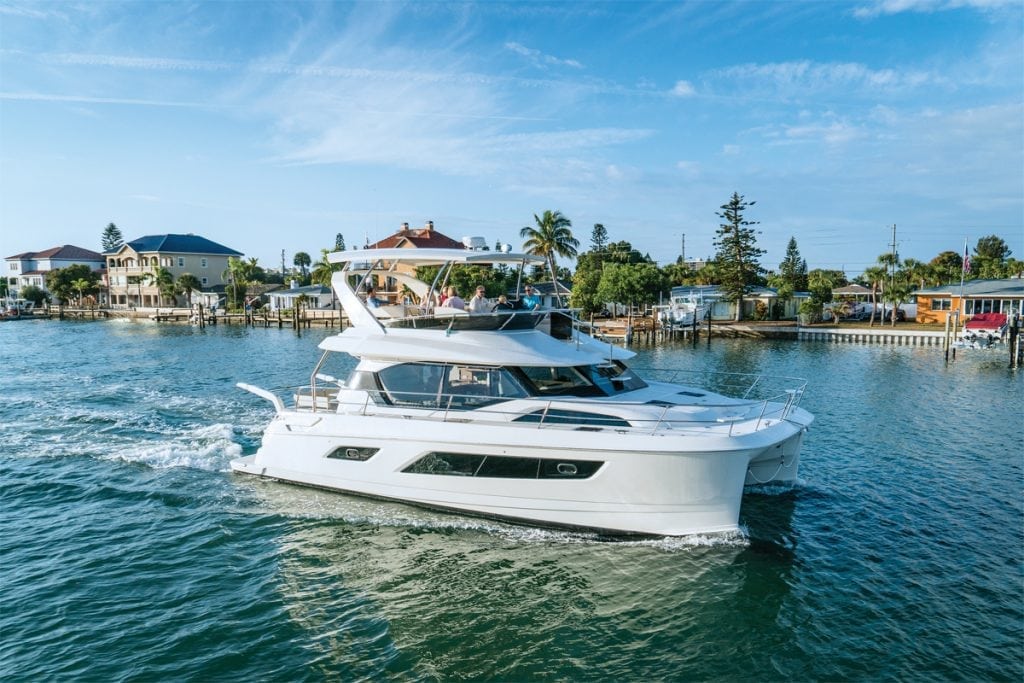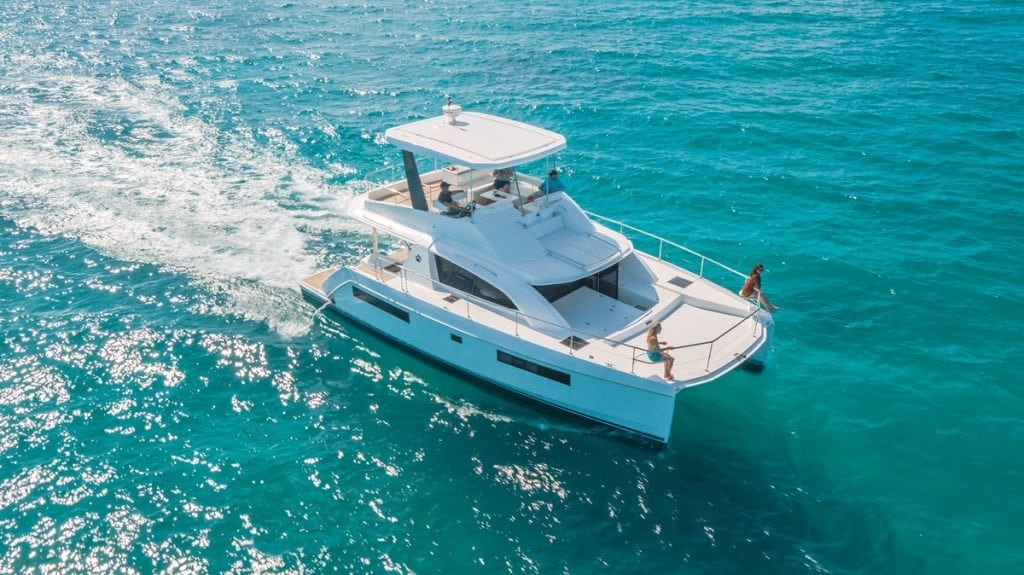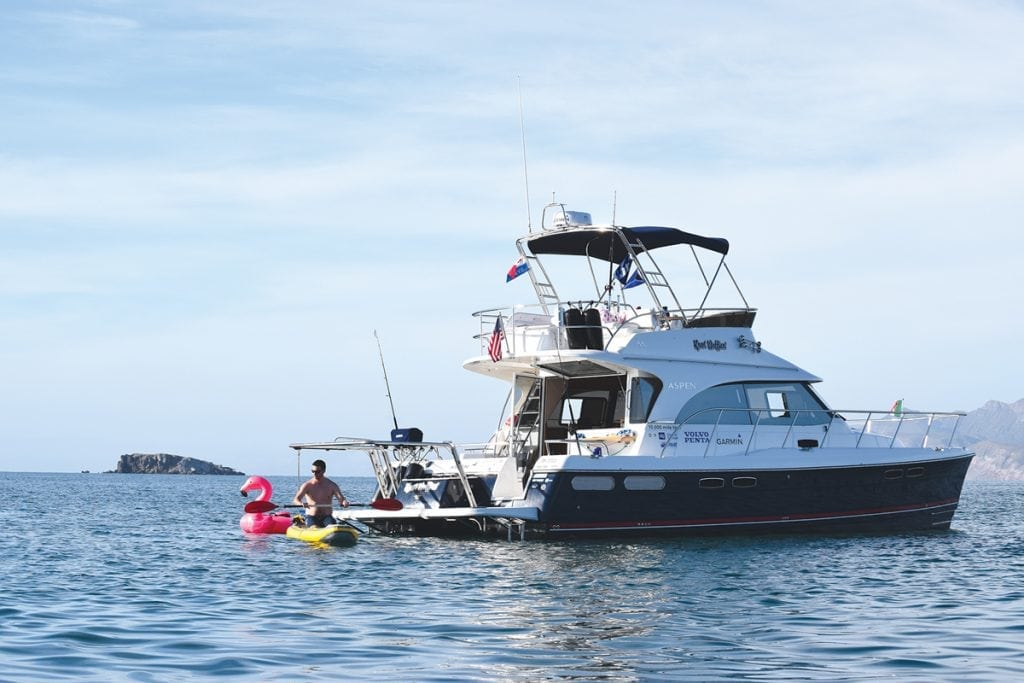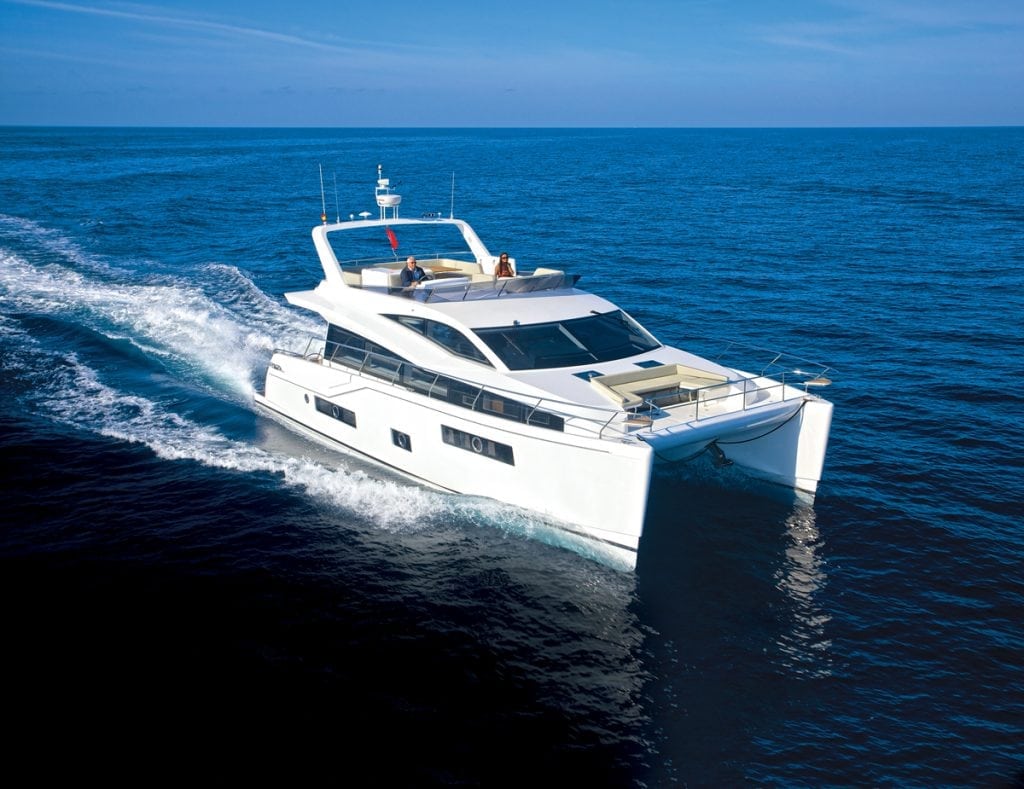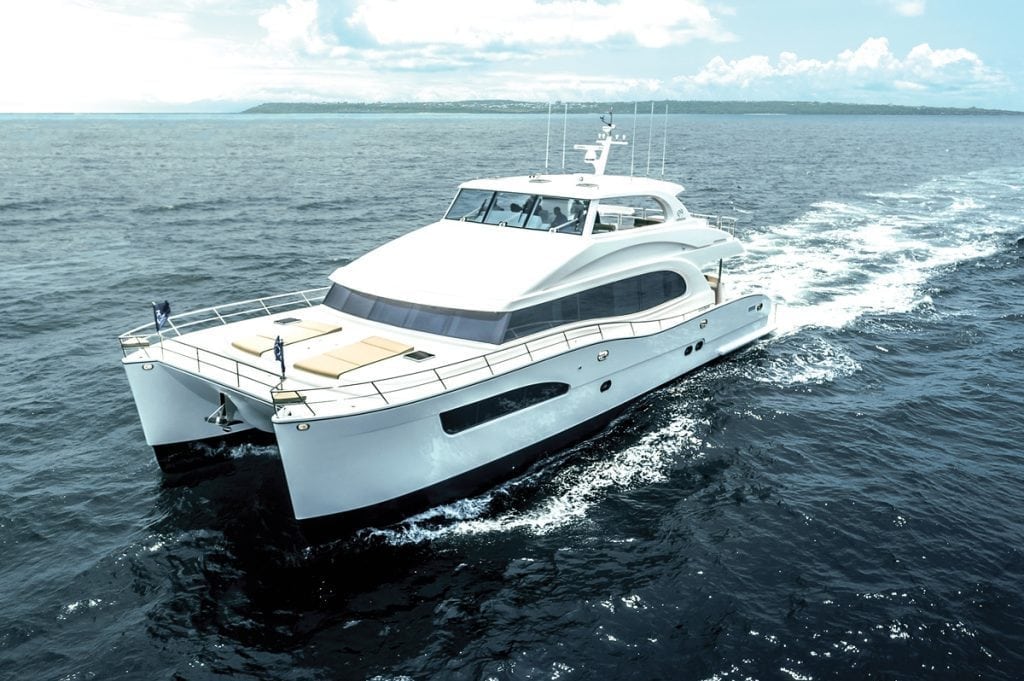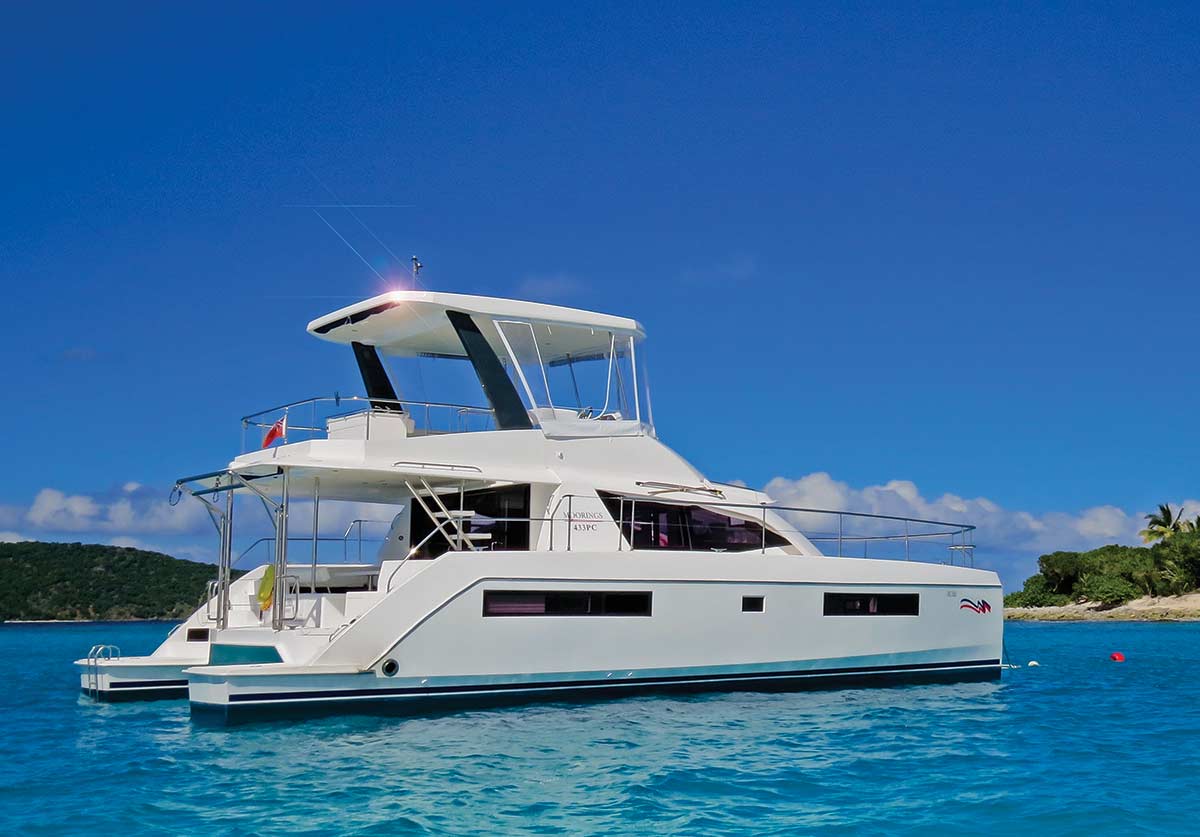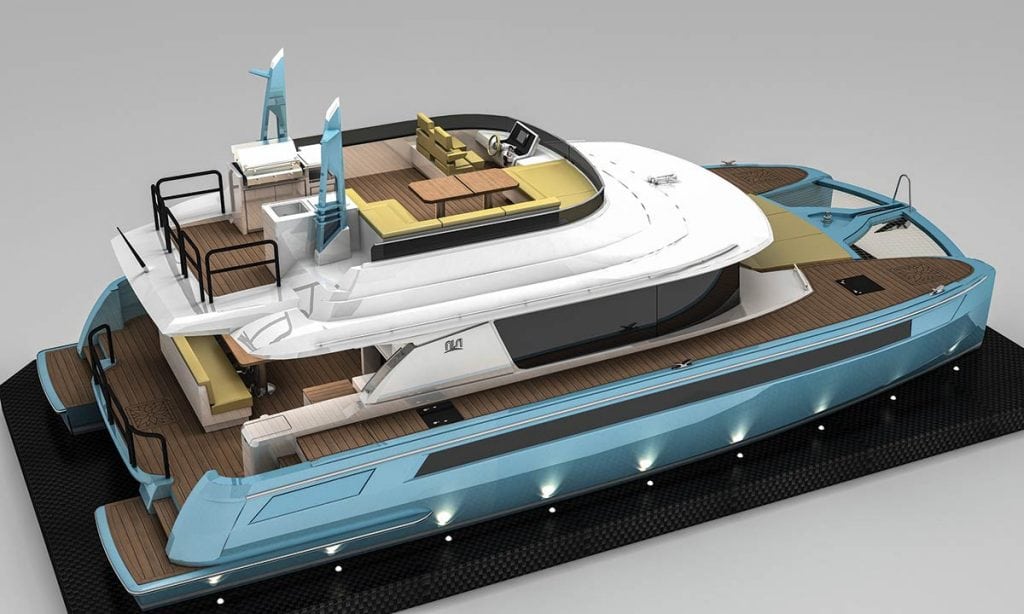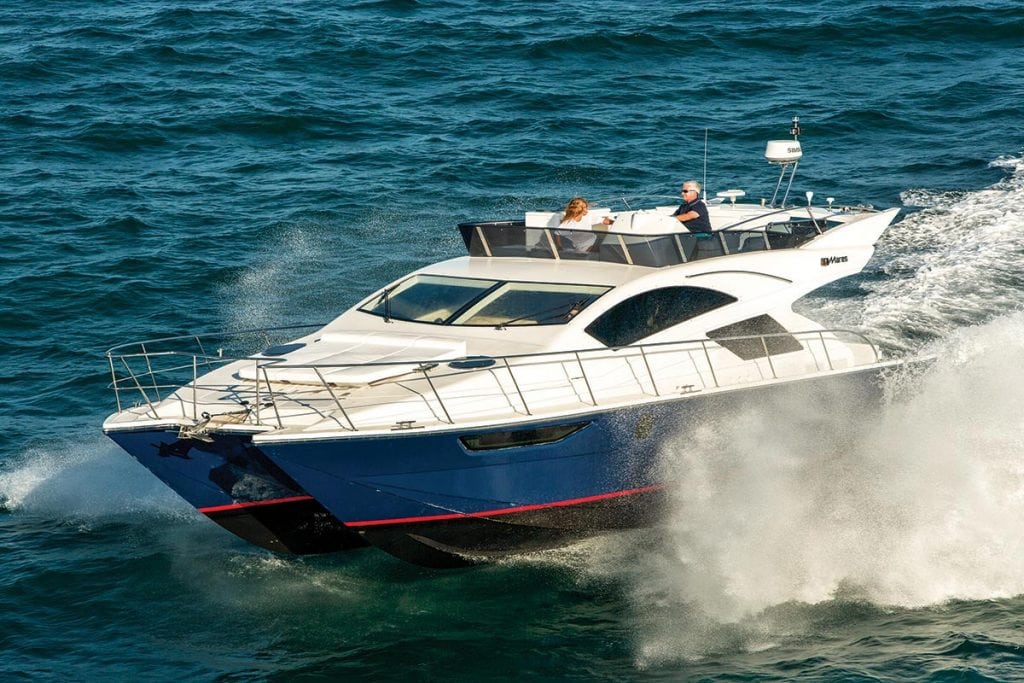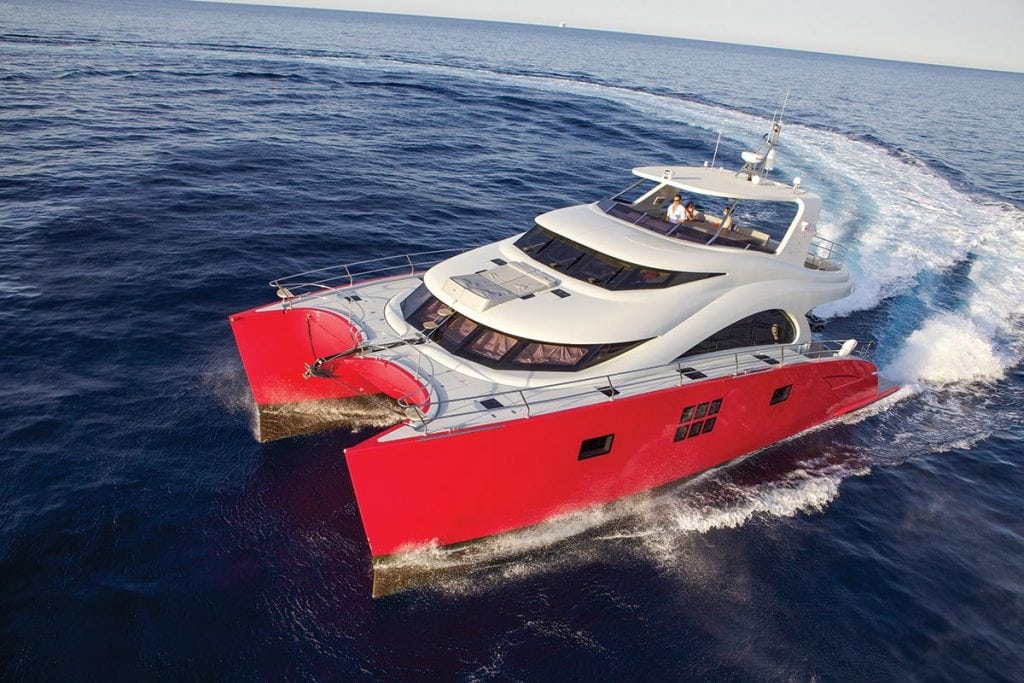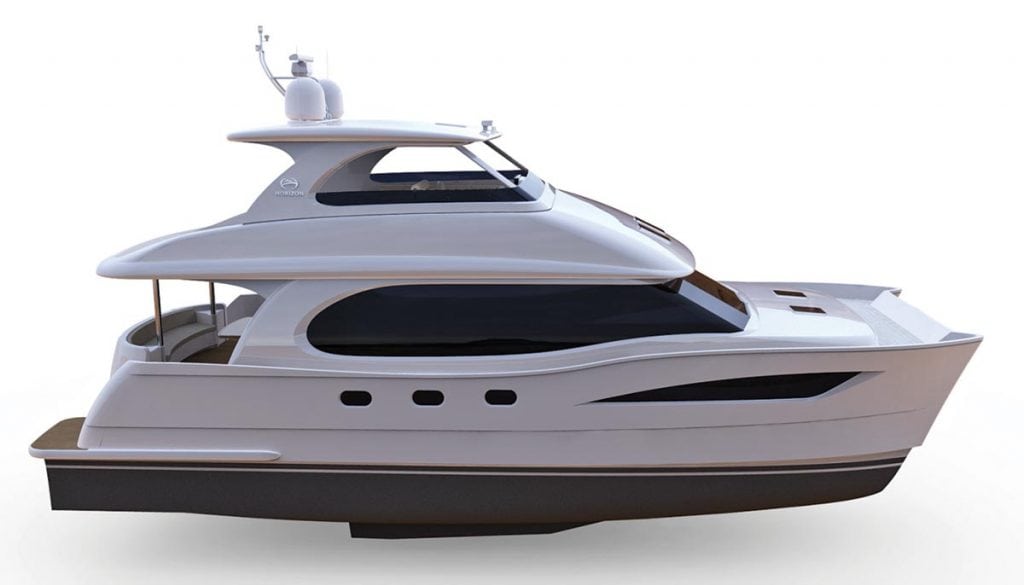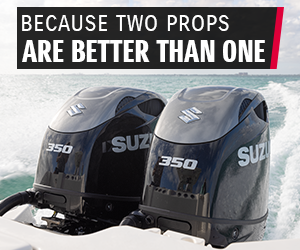Power Cats
Power Cats are ideal for cruising with a crowd. Find out more about the latest power cat models from the world’s most popular manufacturers. In addition to product specification, an array of photos and dealer contact information, you’ll find details about fuel efficiency, stability and hull design.
Endeavour 340
The Endeavour 340 (34' LOA, 16' beam) offers excellent performance, economy, accommodation, and comfort. This long-range cruiser is a full-displacement...
Read moreDetailsArrowCat 420 Express Cruiser
The ArrowCat 420 (41'9" LOA, 14'9" beam) is an express cruising catamaran. Her 18-inch draft is ideal for southern coastal...
Read moreDetailsSunreef Supreme 68
The Sunreef Supreme 68 Power Catamaran (67'1" LOA, 34'6" beam) was introduced at the 2017 Fort Lauderdale International Boat Show...
Read moreDetailsTop Catamarans for Cruising: Powercat Roundup
Top Catamarans for Cruising Powercats offer stability, spaciousness, beautiful lines, and so much more. See some of the industry's top catamarans...
Read moreDetailsLeopard 43 Powercat
The Leopard 43 Powercat (42'8" LOA, 22'1" beam) offers an improved hull design and updated interior. The stepped-hull design adds...
Read moreDetailsAspen C120 Power Catamaran
The Aspen C120 Power Catamaran (42'6" LOA, 13'10" beam) runs on a revolutionary new patented hull design. The two hulls,...
Read moreDetailsAquila 44 Power Catamaran
The Aquila 44 Power Catamaran (44'1" LOA, 21'6" beam) was designed in collaboration with J&J Design Group, Seaway engineers, and...
Read moreDetailsHudson HPC48
The Hudson HPC48 (46'6" LOA, 22'5" beam) is a strong, stable power catamaran that could be called the “four-by-four” of the...
Read moreDetailsSea Trial on the Horizon PC 74
Horizon PC 74 We take a sea trial on the latest and greatest in powercats-- the Horizon PC 74. Our...
Read moreDetailsHorizon Yachts PC74
The Horizon Yachts PC74 (73'9" LOA, 28'4" beam) is in the series of luxury catamarans designed, engineered and built for...
Read moreDetailsTwo Sailors, One Leopard 43 Powercat
A couple of diehard sailors cross to the dark side only to discover that it’s not so dark after all....
Read moreDetailsNISI X50 Power Catamaran
European luxury yacht builder NISI introduces their first model in the high-performance GTX XPRESSO multihull series—the X50. This breakthrough multihull...
Read moreDetailsMares 45 Power Catamaran
Fort Lauderdale-based Mares Catamarans debuted its new 45-foot powercat at the 2014 Palm Beach International Boat Show. With a striking...
Read moreDetailsSunreef 60 Power Catamaran
While the Sunreef 60 is not a new model for the Polish custom and semi-custom catamaran and yacht builder—the first...
Read moreDetailsHorizon PC52 Power Catamaran
The Horizon PC52 Power Catamaran is the little brother of the highly acclaimed PC60. Horizon launched not one, but two...
Read moreDetails
